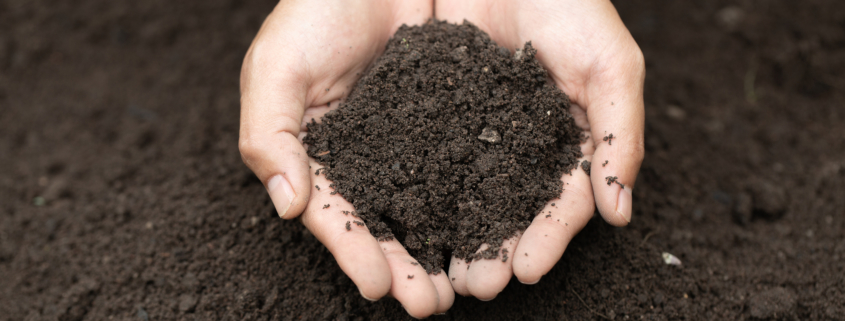The Regenerative Revolution in Food
Low lying and layered with clay, the soils of Molescroft Farm in East Yorkshire have never been the easiest to cultivate. Driven by ever-dwindling productivity, the land was pushed to its limits for decades – more passes with machinery, more fertilisers, more pesticides. These intensive agricultural practices kept the farm afloat; but beneath the surface, the soil was dying.
“The land had been farmed very conventionally, so the ground was overworked and had lost its organic matter,” recalls managing director Tamara Hall, who joined the estate in 2003. “We had to change, for environmental reasons as well as profitability.”
And so, bit by bit, Molescroft was reworked with sustainability in mind. The farm’s main crops – wheat, peas, beans and barley – had their rotation widened, drainage was improved and fewer chemicals were sprayed. Cultivation was also dialled down, with far less ploughing and tilling to keep soil disturbance at a minimum.
For the health of the land and its long-term yield potential, Hall believes her interventions have been resoundingly positive. But in the short-term, these regenerative practices were expensive as yields fell, carrying the risk of financial shortfall. The solution, Hall realised, was resting beneath her feet: soil carbon.

